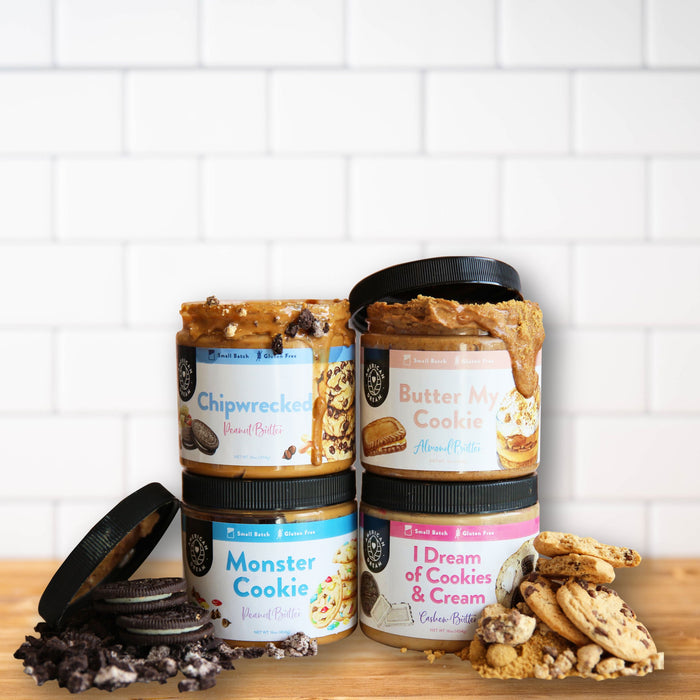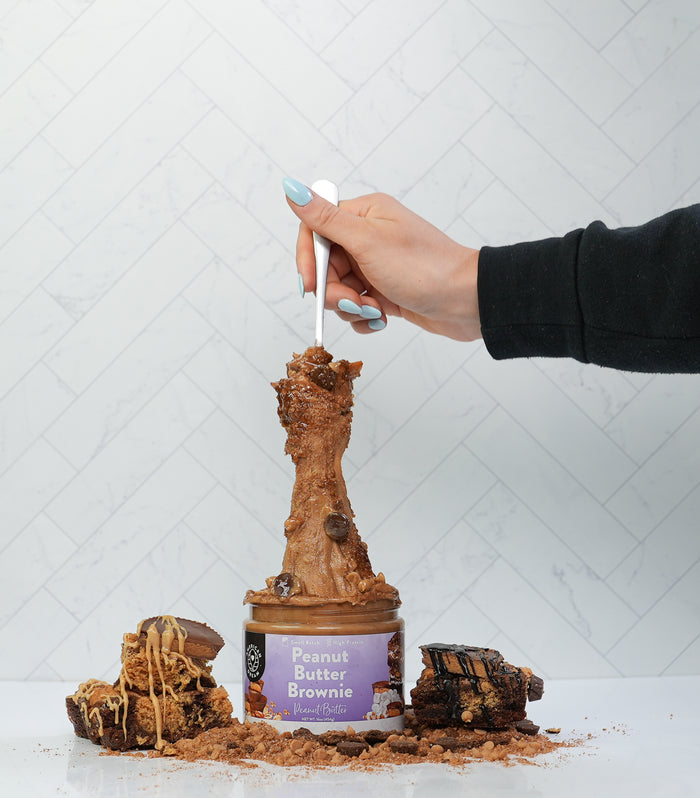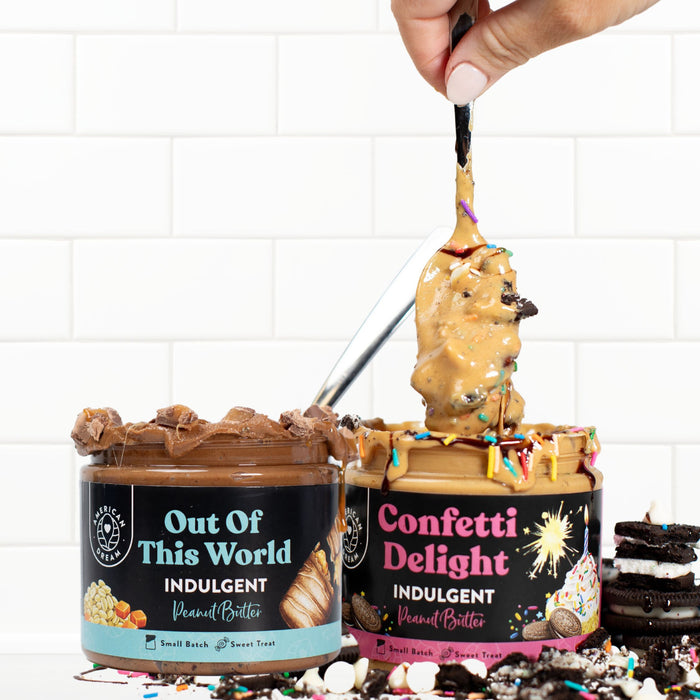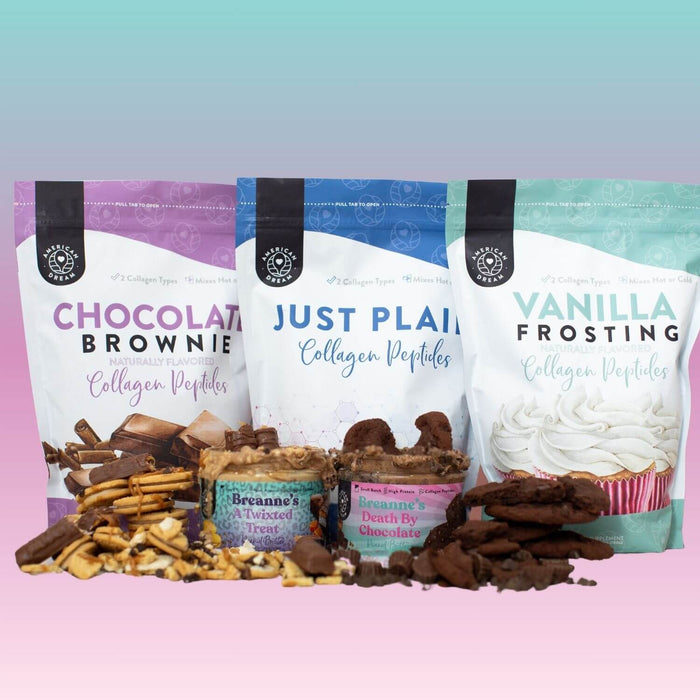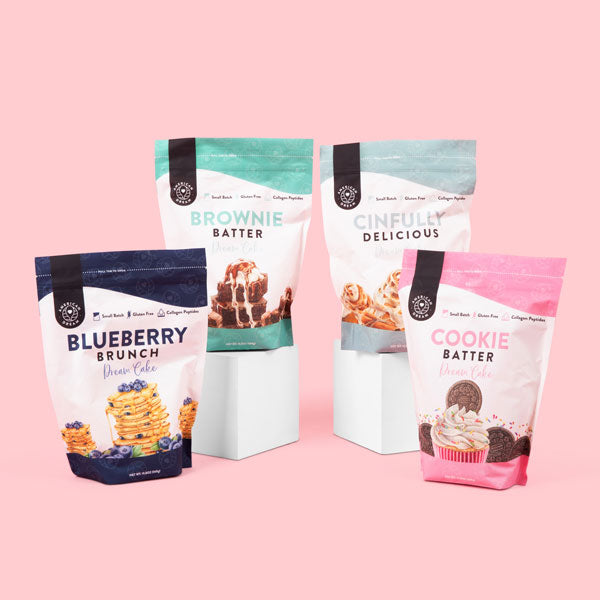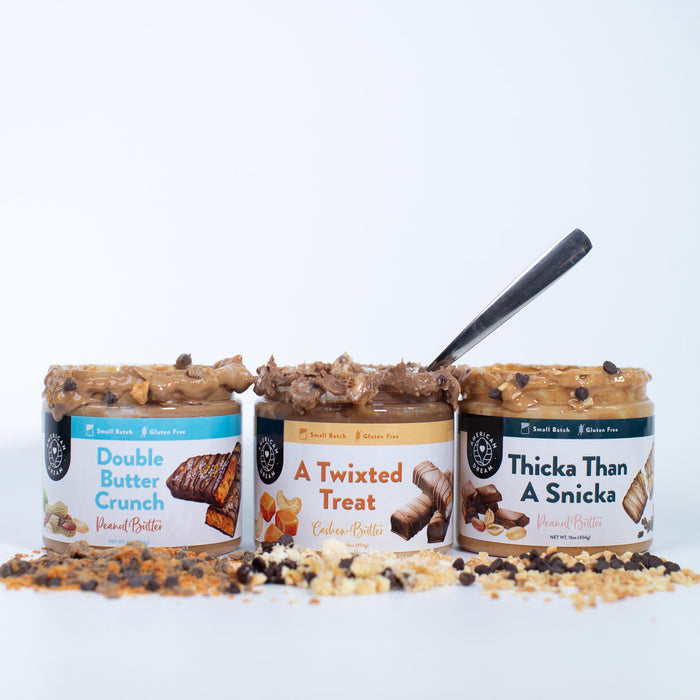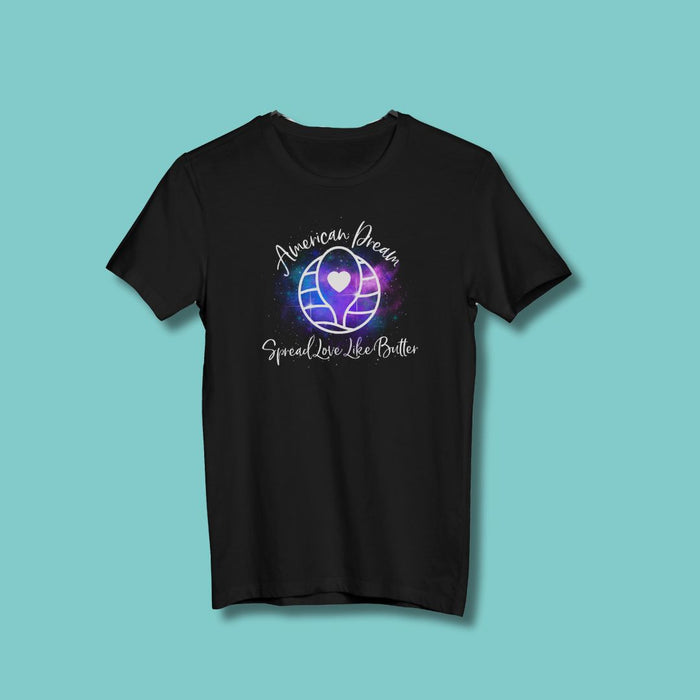

How to Start a Gluten-Free Diet: Everything You Need to Know
If you were recently diagnosed with celiac disease, or if you've heard about the adverse health effects of gluten, you may have considered switching to a gluten-free diet. If that's the case, you're not alone. Around 25% of Americans now eat a gluten-free diet for the first time ever!
Fortunately, that means that you can learn from all of the people who have done this before you. Let's talk about how to start a gluten-free diet for the best results!
What Is Gluten?
Gluten is a specific protein found in several grains. Most notably, wheat. It's the "stretchy" binder that holds food together in flower and other wheat-based food items like pretzels!
While gluten offers some delicious textures to our food, it isn't always the best. Unfortunately, this protein can cause serious health complications for people with celiac disease. It can also lead to unwanted digestive issues and other adverse health effects, even without celiac disease.
Identify Foods With Gluten
First, it's important to know which foods have gluten and which don't. A good, albeit imperfect, way to remember this is with the acronym "BROWS." This stands for barley, rye, oats, wheat, and spelt.
The reason this is imperfect is that oats do not contain gluten. However, they are often processed on the same equipment as gluten-containing grains. You can easily find oats that are certified as gluten-free.
Also, if you're unfamiliar, spelt is a subspecies of wheat. It isn't too common in American cuisine, but it's good to know anyway!
Essentially, barley, rye, and wheat are your primary concerns. It's not as difficult as you may think to eliminate these from your diet. Let's talk about how!
Benefits of a Gluten-Free Diet
Before we jump into starting the diet itself, let's talk a little about why. Whether you have celiac disease or not, you can enjoy some serious health benefits of a gluten-free diet. Here are some examples!
Digestive Benefits
Of course, if you have celiac disease, then the benefits here are obvious. However, even for those without celiac, gluten still isn't ideal for our digestive system. If you eat a lot of gluten throughout the day, as the average American does, then this switch can have enormous digestive benefits, including increased absorption, easing digestive symptoms, and reducing inflammation.
Reduce Inflammation
If you have chronic inflammation in or outside of your digestive system, research shows that eating less gluten can help. Barring any injuries or chemicals, inflammation is typically caused by pathogenic bacteria, fungi, or viruses. Inflammation is your immune system's response to these threats.
In the case of celiac disease, your body jumps into action to attack the perceived threat in your digestive system, leading to inflammation.
Unfortunately, chronic inflammation in any case can lead to worsening health conditions over time. Reducing inflammation is essential for long-term health.
Boost Energy Levels
While you may have heard testimonies from your gluten-free friends, it isn't just anecdotal. Switching to a gluten-free diet allows your intestines to heal from inflammation and other common digestive issues associated with celiac disease or a large gluten consumption. This switch can then boost your body's absorption of nutrients, thus increasing your energy levels throughout the day!
Promote Weight Loss
Digestive benefits and increased energy make losing weight easier for many people. Of course, the only way to lose weight is to maintain a calorie deficit, but a gluten-free diet can certainly help speed the process along in a safe way.
Moreover, bread and many grains are essentially empty calories, especially when eaten in large quantities. For example, a salad is much better for weight loss than a sandwich, especially if they have similar ingredients. A high-fiber diet with fewer calories will certainly help with your weight loss goals!
How to Start a Gluten-Free Diet
Now that you know some of the benefits of a gluten-free diet, you can see why it's becoming so popular. Many participants say they feel a difference in bloating and energy levels almost immediately. So, if you want to get started, here are some tips for a successful transition!
Read Food Labels Carefully
Finding gluten-free food can seem challenging at first, especially considering that wheat, corn, and rice make up for 40% of our daily calories on average. Until you know where to look, it seems like wheat can be found in almost everything!
As we mentioned with oats, just because the ingredients list doesn't mention a gluten-filled ingredient doesn't mean that gluten isn't present. If it's a food item that traditionally has gluten (bread, crackers, tortilla chips, etc), check for a certified gluten-free label.
If your food does not have this label, then it may cause issues for someone with celiac disease. It's best to avoid foods that may have been processed with glutenous foods.
For example, check out our white chocolate pretzel peanut butter, which is certified as gluten-free. This should be present right on the front label in one form or another. Get used to looking for it on food labels before purchasing.
Keep Making Foods You Love
With any diet, the best way to adhere to and enjoy your new lifestyle is by cooking different versions of foods you already love! For example, if you love pizza, why not try making pizza with cauliflower or gluten-free crust? If you love pasta, make lentil or veggie pasta that has no wheat.
If you love a warm bowl of oatmeal in the winter, or a hot stack of pancakes, get some gluten-free oats and make them! You can make a simple oat flower using your blender, which can replace your gluten-filled flour at home. Just remember to use this sparingly, as oats can cause digestive issues with celiac disease in larger quantities.
Switch Your Ingredients
Do you constantly use flour at home? Don't worry, you're not alone. Nearly every recipe calls for all-purpose flour, which can pose some unique challenges, especially for baking.
However, there are still plenty of substitutes that will work just as well. Almond flour, oat flour, rice flour, and so many other options can work just as well, and even provide better flavor! For example, check out our vanilla crumb cake recipe with almond butter, which uses white and brown rice flour instead of wheat flour.
Prepare Food at Home
One of the best ways to ensure that your food is gluten-free is to control the ingredients. Not only will this ensure that your food is high-quality and healthy, but it also tastes immensely better!
Seriously, you can make some delicious foods that are far better than anything you can buy pre-packaged. For example, bread is a common household staple at the heart of many dishes. There's nothing stopping you from making high-quality, gluten-free bread at home to enjoy throughout the week!
You can use this break for sandwiches, croutons, toast, or whatever you want! The best part is that when you control the ingredients, you can make it exactly how you like it.
Apply this thinking to all of your favorite wheat-based staples like pancakes, tortillas, chips, and more. No matter what it is, you can always make it better at home!
Choose Your Sources of Protein
If you were already eating a plant-based diet, gluten may be a major source of protein for you. Many plant-based foods use gluten as their protein source for veggie bacon, seitan, protein powders, and more. Unfortunately, these are essentially pure gluten, which you will need to avoid.
Of course, there are other alternatives like soy protein, pea protein, and more. Soy products like tofu and tempeh are excellent sources of protein. You could also use legumes like peas, beans, lentils, and more.
Diversifying your diet is the best way to ensure you get enough protein. If you eat a wide variety of vegetables, legumes, seeds, and more, then you shouldn't have to worry. Even peanut butter and almond butter have high plant-based protein while being delicious!
Did you know that eating 30g of nuts and seeds per day is linked to a longer life? This is a great way to get quality protein on a gluten-free diet!
Now, if you do eat meat, eggs, or dairy, then you shouldn't have to worry about this. Animal products are loaded with protein, but try to use leaner sources (chicken, egg whites, nonfat greek yogurt, etc.) whenever possible for the best health results.
Find Gluten-Free Snacks
We all have those "staple" snacks that we keep in the pantry. However, if you look at the ingredients, most of them will contain gluten in some form or another. If you want to make the switch and stick to it, you'll need to find new gluten-free snacks that you enjoy!
For example, if you love crackers, find (or make) some gluten-free crackers that you thoroughly enjoy. Alternatively, if you love peanut butter snacks, find some gluten-free peanut butter and make your own sweet snacks. Whatever it is, make sure that they eliminate your snack cravings!
Branch Out
People call the gluten-free diet "too restrictive," but they simply lack creativity! The only time that the gluten-free diet is ever restrictive is if you're eating out and the restaurant hasn't caught up with the times. When cooking at home, the sky is the limit!
There's nothing to say that you can't brew your own gluten-free beer without barley, make rice-based or oat-based desserts, or cook every meal without gluten. As long as you have the right ingredients, you can make whatever you want.
We strongly recommend taking this approach. If you don't branch out and try new gluten-free recipes, then this diet may feel quite restrictive to you. However, you could easily find countless new recipes that you enjoy while on this diet!
Moreover, this is also important for diet adherence. If you're switching to a gluten-free diet for a non-medical reason, then this is important. If you want to see the benefits mentioned above, adherence is key!
Eat a Wide Variety of Foods
Wheat is a staple of the average American diet, and it's important that you make up for it with other foods. If a lot of your calories come from gluten-based foods, then you will need to find alternatives as soon as possible. Again, find what you love and use that!
Especially if you have other dietary restrictions (vegan, vegetarian, etc.), it's important to ensure that you eat a wide enough variety of whole foods. These are where you should get the majority of your nutrients. Fruits, vegetables, nuts, seeds, and gluten-free grains are the best options.
As a general rule of thumb, try to get around 20 different plants into your diet every week. This is easily attainable if you plan out your meals, and it should give you the diversity of nutrients that your body needs.
Of course, if you eat meat, eggs, or dairy, this can help you get essential nutrients like vitamin B12, iron, selenium, calcium, and more. Without them, it's especially important to eat a wide variety of plant foods and supplement as needed!
Start Your New Lifestyle Today
Now that you know how to start a gluten-free diet, put these tips to use today. The sooner you do, the sooner you can enjoy the benefits mentioned above, and the easier it will be in a few months from now!
Stay up to date with our latest food tips, and shop our favorite nut butters to find the gluten-free snack of your dreams!
1 comment
-
This is incredibly helpful!!
Kristin Francis on
